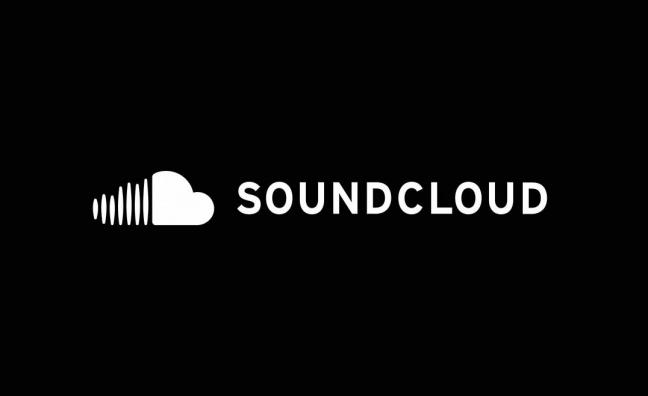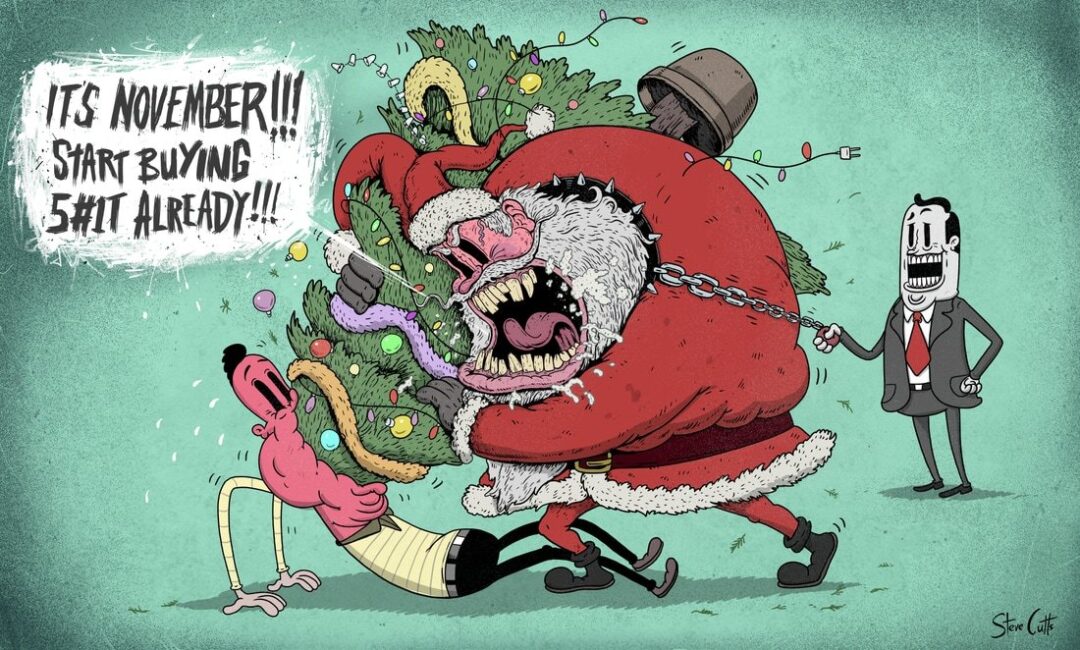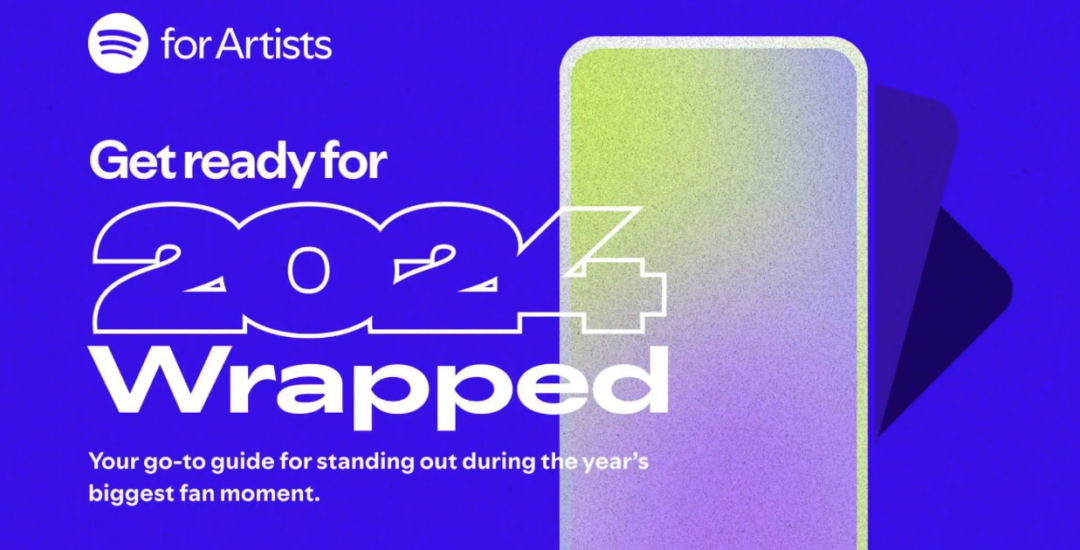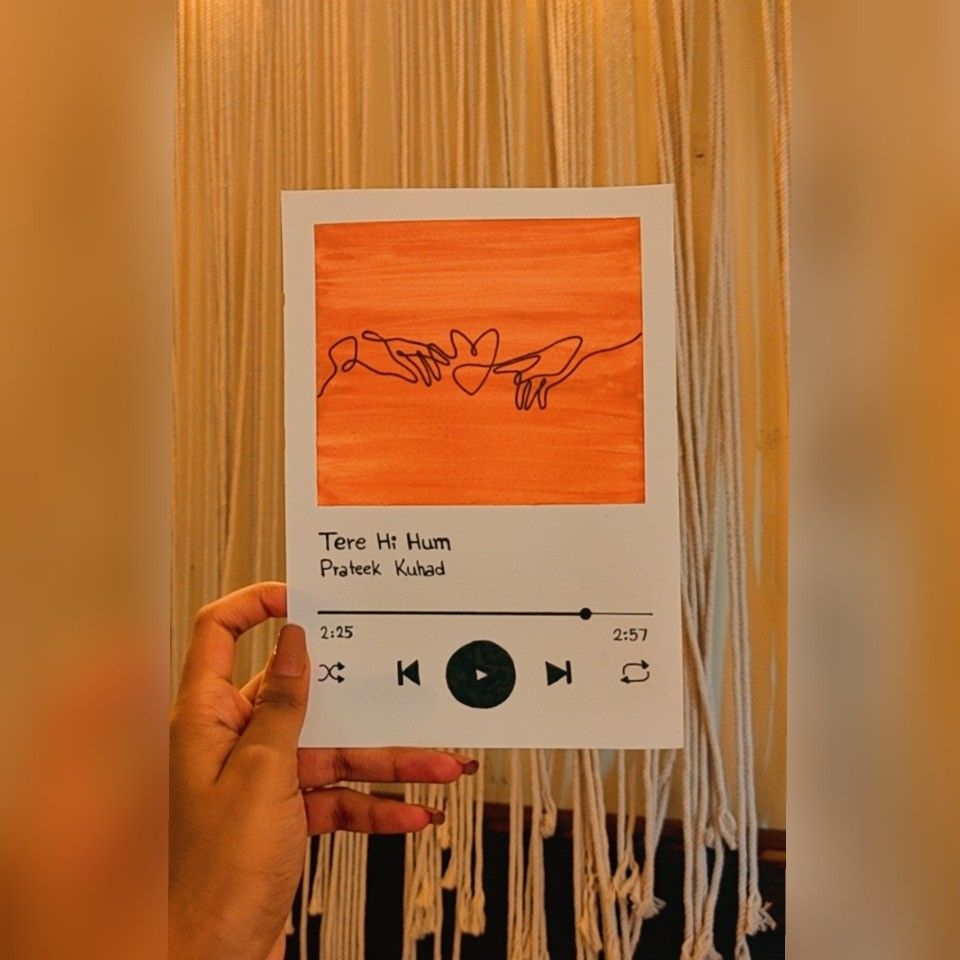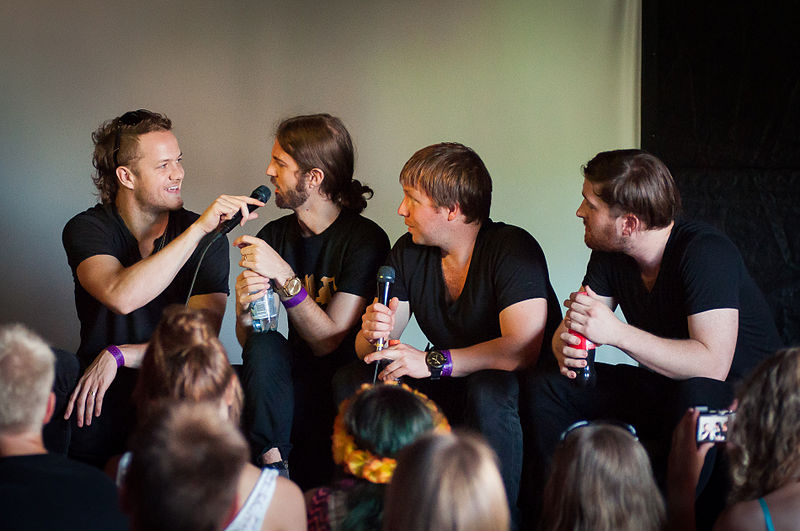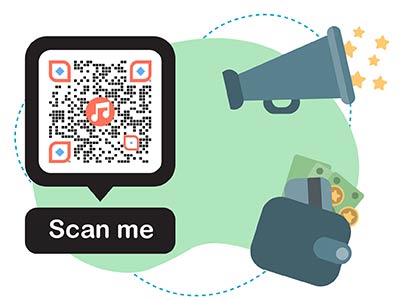The digital landscape for emerging acts striving to gain exposure and revenue streams continues to shift rapidly as fresh features and pricing adjustments are introduced. One of the newest developments is SoundCloud’s decision to introduce a more affordable artist subscription tier, one that sits between its free option and its previously introduced, more expensive plan at $3.25 per month.
Musicians are always on the lookout for sensible ways to get their songs heard, distributed across various streaming platforms, and, ideally, to see some return for their creative efforts. This new plan has been rolled out after successful trials in a few countries, and it is designed to broaden access to distribution, mastering credits, and better promotional tools.
Still, the key question remains: Is it actually worth committing your hard-earned cash? As we dig deeper, it’s worth bearing in mind that everyone is trying to find a way through the noise, and not every paid service guarantees a happy ending. With comparisons to the well-established Spotify for Artists offering and an honest look at both the upsides and the downsides, this piece aims to give you a more grounded perspective on the matter.
More Affordable Ways to Get Your Music Out There
For many who make tracks in their bedroom or small studio, the sound of a monthly bill might sting. Budgets are tight, and it’s hard enough investing in gear, mixing, mastering, and artwork. With that in mind, SoundCloud’s latest approach is trying to hit the sweet spot.
The cost for the newly announced tier is quite low compared to what came before, and cheaper plans can allow musicians to stretch their limited resources a bit further. At first glance, the lower fee will allow you to share as many pieces of music as you like, although the total amount of audio you host will be restricted.
There’s no strict shortage of upload slots, but there is a cap on the total length of material you can have up at once. This gives upcoming creators a chance to experiment and evolve their catalogue over time, without being hit with higher fees straight away.
Another attractive perk is the ability to spread two songs each month beyond SoundCloud’s own platform to a range of other outlets. Whether it’s the household names of streaming or the smaller services that cater to niche audiences, having your work land in more places offers the chance to reach different listeners. You even retain all royalty income from plays on SoundCloud, plus earnings from other platforms once you’ve sorted out all the necessary details.
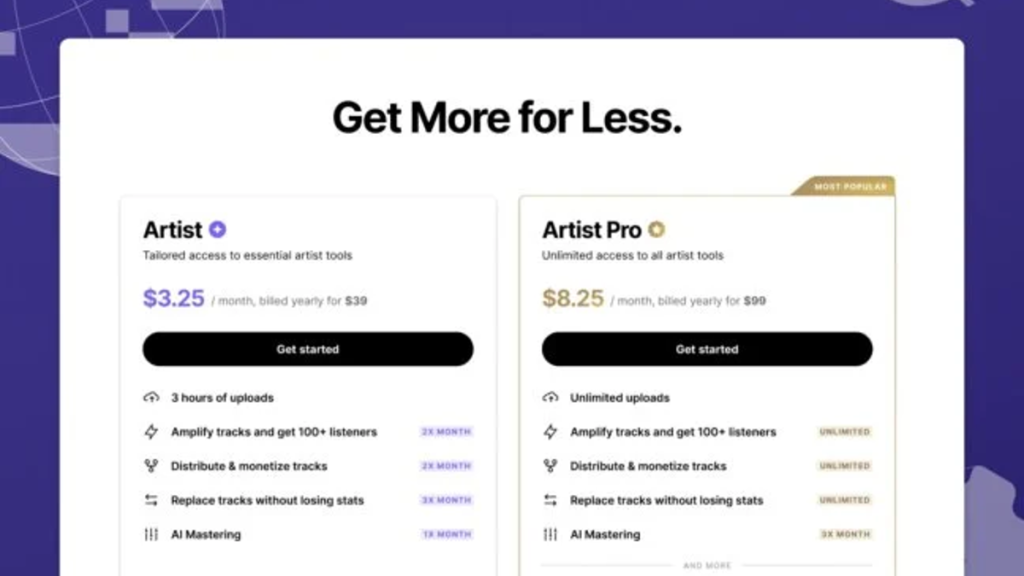
In principle, this is appealing. At a low monthly cost, it can help you transition from a purely hobbyist level into something slightly more professional. Furthermore, this tier gives you the chance to have a professional-level mastering credit each month. This perk, while modest, could help your tracks sound more refined and ready for digital distribution. Considering the cost of standalone mastering from external professionals, even one credit per month might feel like a helpful nudge in the right direction.
Yet, as we all know, the music world is full of promises. There are countless platforms claiming to help get your work discovered. SoundCloud’s revamped subscription includes features that claim to get your music in front of those who are likely to appreciate it.
There are mentions of algorithms and the possibility of getting placed on special playlists. Sure, that sounds compelling. But even the best algorithms can be hit or miss. There are no guarantees that your next tune will find its ideal audience simply because you’re paying a few quid a month. For every story of an unknown act breaking through, there are countless others who remain adrift in obscurity. Keep your expectations realistic.
Comparing to Spotify for Artists: What’s Different?
The giant in the streaming world, Spotify, has its own suite of features for creators, including analytics, pitch tools, and chances to influence editorial selection through their dashboard. Unlike SoundCloud, Spotify’s approach generally doesn’t involve charging creators simply for the privilege of distribution and unlimited uploads—largely because, under normal circumstances, you don’t upload directly to Spotify; you work through a distributor, who often charges their own fees.
With Spotify for Artists, the platform’s main draw is the wealth of data it provides. Detailed breakdowns of listener demographics, helpful graphs showing how your following develops over time, and tools to pitch to playlists are all in the toolbox.
Crucially, though, Spotify for Artists doesn’t handle distribution itself unless you partner with a selected third-party aggregator. So while the analytics on Spotify are strong and can help steer your career, you often need another intermediary for getting your tracks on their service.
By contrast, the new SoundCloud subscription aims to cut out some of that complexity. It potentially streamlines your approach by combining distribution, royalty collection from multiple outlets, basic mastering, and some promotional tools.
This holistic approach can feel like a more straightforward package. With Spotify, unless you’re dealing with a partner distributor that charges you either a fixed sum per track or a yearly subscription, you might be comparing apples to pears. SoundCloud’s move to gather services under one monthly fee might make life simpler, especially if you’re newer to the game and don’t want to juggle multiple services just to get your music live.
Yet, on the flipside, this simplicity means that if SoundCloud’s distribution and promotional push don’t deliver results, you might have been better off using a dedicated distributor and focusing your promotional energy elsewhere. Spotify for Artists doesn’t charge you to manage your profile, edit your pictures and bio, or access listener data. It’s merely a tool that sits on top of their well-established platform. That separation might mean you’ve got more freedom to pick and choose how you shape your distribution and promotional strategy.
With SoundCloud’s new plan, you’re hoping that this neat bundle will pay off. If it does, fantastic. If it doesn’t, you might be locked into something that doesn’t fully match your evolving needs.
Conclusion
So, should you invest in these cheaper SoundCloud artist subscriptions? That really depends on where you stand as a creator and what you expect from your chosen services. If you’re just dipping your toes in the world of streaming and are looking for a low-cost method to centralise distribution, gather some analytics, and try a bit of professional polish on your tracks, it could be a sensible starting point. It might make more sense than juggling a distributor for Spotify while separately managing your SoundCloud presence.
If you’re an artist who already has a good system in place, with a preferred distributor, a reliable mastering engineer, and an established strategy for how to get your music discovered, this new SoundCloud tier might feel more like a lateral move rather than a forward leap.
Ultimately, no subscription or platform feature on its own will magically grant you an audience. Every musician’s journey is filled with uncertainty and trial and error. The lowered SoundCloud fees are a step in a helpful direction, making some tools available at a smaller cost. But remember: everyone is hoping for a piece of the spotlight, and not every plan will live up to your hopes. Approach it with clear eyes and realistic expectations. If nothing else, you’re investing a smaller sum than before, so the risk is lower—and that, at least, is something
–
For more information and advice on how to navigate the music industry, contact us today about our artist consultancy services, or keep following our blog to stay up to date with all the latest music industry developments.
Article by Amelia Vandergast

